Do ski brands lie when they report the weight of their products? That’s what we discovered when we launched verified weights on alpenglowsports.com. We weighed as many skis, boots, bindings, and splitboards as we could and compared those weights against the brands' claimed weights. What did we discover? Almost all ski products are claimed to be lighter than they actually are. Sometimes the discrepancy is more than you want!
About the Problem
How does a ski brand choose what weight to post? Fortunately, there are some industry standards. The claimed ski boot weight will be the weight of the men's 26 or 26.5 boot and the women’s 24 or 24.5 boot. A skis claimed weight will be the weight of the ski closest to the 180cm size for a men's ski and closest to 168-170 for a women's ski. Bindings are usually weighed with no brakes or their narrowest brake.
This means that if your chosen product is not one of these sizes, you won’t know how much it actually weighs. This is too bad for many customers, but we are also able to empathize with brands a bit. It would be hard if not unrealistic to post the weights of every single size. It might in fact be better to post just one standardized weight that folks can use as a comparative statistic. What do you think?
What to Do with Variance?
We gained a bit more empathy for the problem when we actually started measuring things. What weight should a brand post when two skis in the same pair are different weights? Some skis differ as much as 120 grams from left to right, with 30-50 grams as the average variance. Which weight is correct in that scenario? For us, the answer was to post the average of every ski in the reference size that we could weigh. That seemed fair. For the brand, how do they decide which one to post? It seems that the answer is the lightest one they can find! And they seem to be consistent in that choice.
Data to Help You:
Average Ski Boot Variance
The average ski boot is claimed to be 29 grams lighter than it actually is. The biggest offender is K2 with both the highest average of 64 grams under-reported and a highest recorded variance of 140 grams under-reported in the K2 Dispatch Pro . The best brand is Atomic with an average over-reporting of 3.5 grams! Brands, if you’re reading this, this is how you win our hearts! The best outcome is to measure accurately and opt for the heavier weight rather than lighter. Atomic nailed it with just +3.5 grams of average variance. Lange and Scarpa were second and third best with 12.75 and 16.33 grams under-reported on average.
Average Ski Variance
The average ski is claimed to be 31 grams heavier than it weighs. Elan was our biggest under-reporter with an average under-reporting of 119 grams. DPS held a solid average, -96, but had the biggest single discrepancy, of 418 grams for the DPS Kaizen 100 and 398 grams for the DPS Kaizen 112 . Black Crows wins an award for closest to actual with just 7 grams of variance on average. 4FRNT wins our hearts by over-reporting their skis! Their average ski was 92 grams lighter than claimed.
The DPS Kaizen weights are such an outlier that we wonder if there is an issue with our data. Even though the numbers match up, DPS may have erred in what length ski that weight is claimed for.
Average Binding Variance
Unsurprisingly, hybrid and resort bindings had the largest difference in reporting, with tech bindings being much more accurate, although still reported as lighter. The Elan/Tyrolia Attack 14 AT was under-reported by a whopping 114 grams. Atomic/Salomon was again the most accurate with just -3.5 difference between claimed and verified weights. ATK bindings varied by an average of -5.8 grams. Fritschi , with only hybrid bindings in the data set, was our biggest offender and under-reported by an average of 36.66 grams. Tele bindings were claimed to be heavier than verified on average, with 22 designs over-reporting by 22 grams on average.
Splitboard Data
What do we think folks? Were the stoner splitboarders better or worse at reporting accurate claimed weights? It’s a two-part answer and it’s exactly as you would expect. The softboot splitboard bindings (the stoners) were the worst in the data set with an average -39.66 gram difference for Spark R&D and -29 gram difference for Karakoram . Part 2? The hardboot bindings (the dorks) were more accurate, on average, than any category discussed so far! I swell with pride for my people as one of the hardboot dorks (clearly). Single-digit variance from Phantom , Spark R&D , Plum , Voile , and Karakoram .
Does anyone care?
When accuracy and data enter the conversion, this should always be the next question: Does anyone care? Would the ski industry prefer to stick with the "alternative facts?” Is weight actually a decision factor for customers? Should we really make our seasoned staff sit in a dark room weighing every product in the shop? Without getting too deep into it, accuracy and education are two pillars of Alpenglow Sports and so WE care! We will continue to post verified weights alongside the claimed weights from our brands. This project was started in the Spring of 2025. Being late in the season, we were sold out of some reference sizes and thus do not have weights for them. Data coverage for verified weights will improve with each coming season.



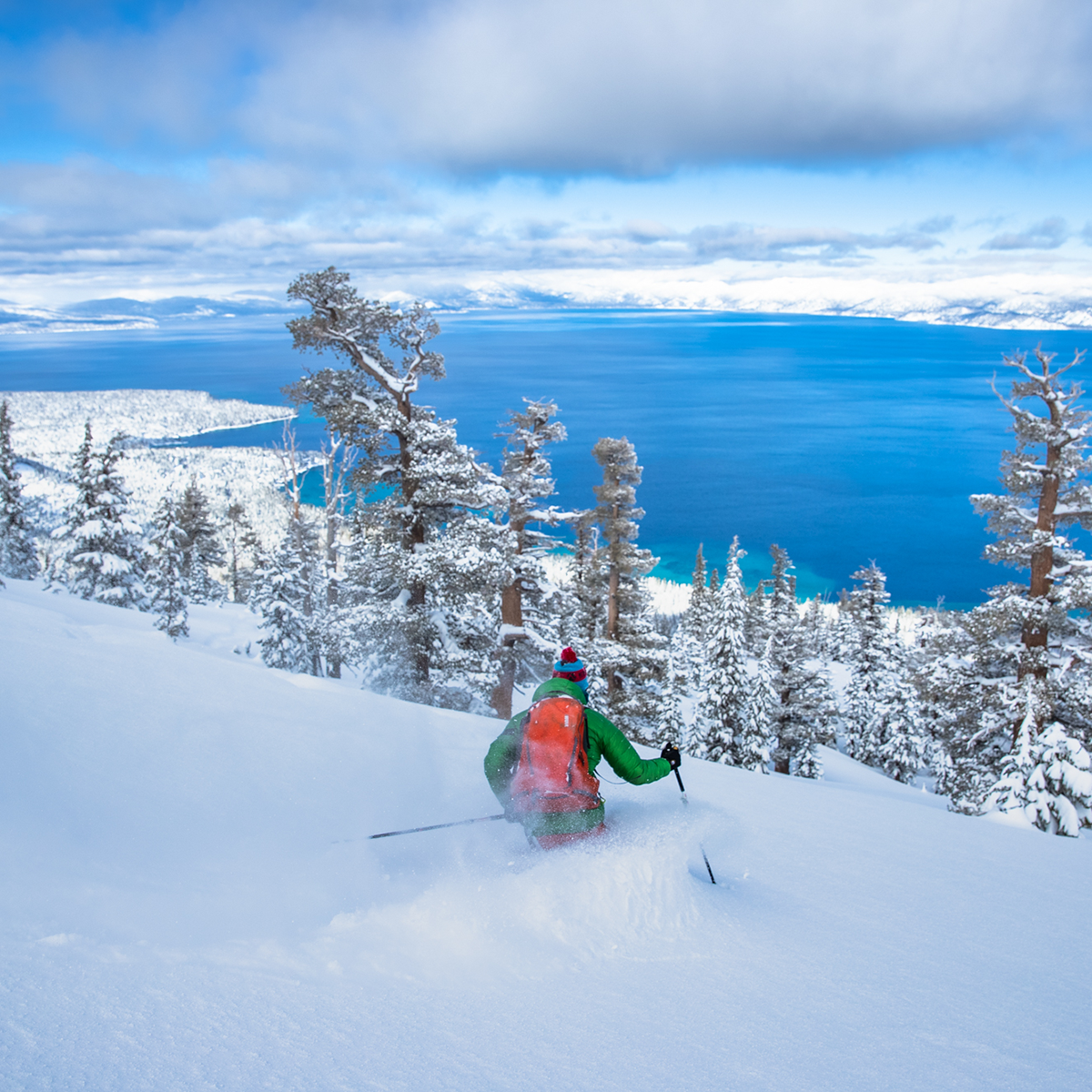


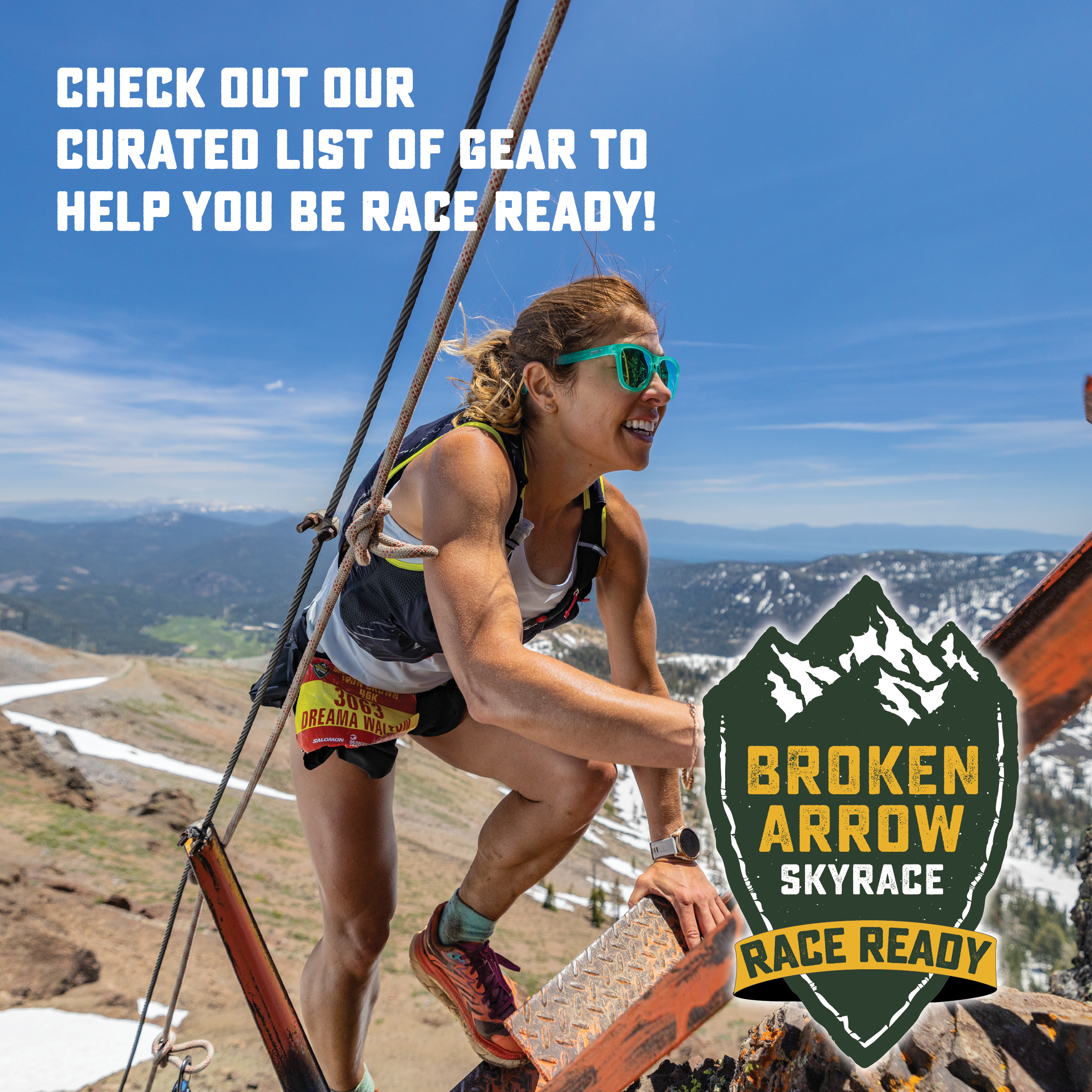


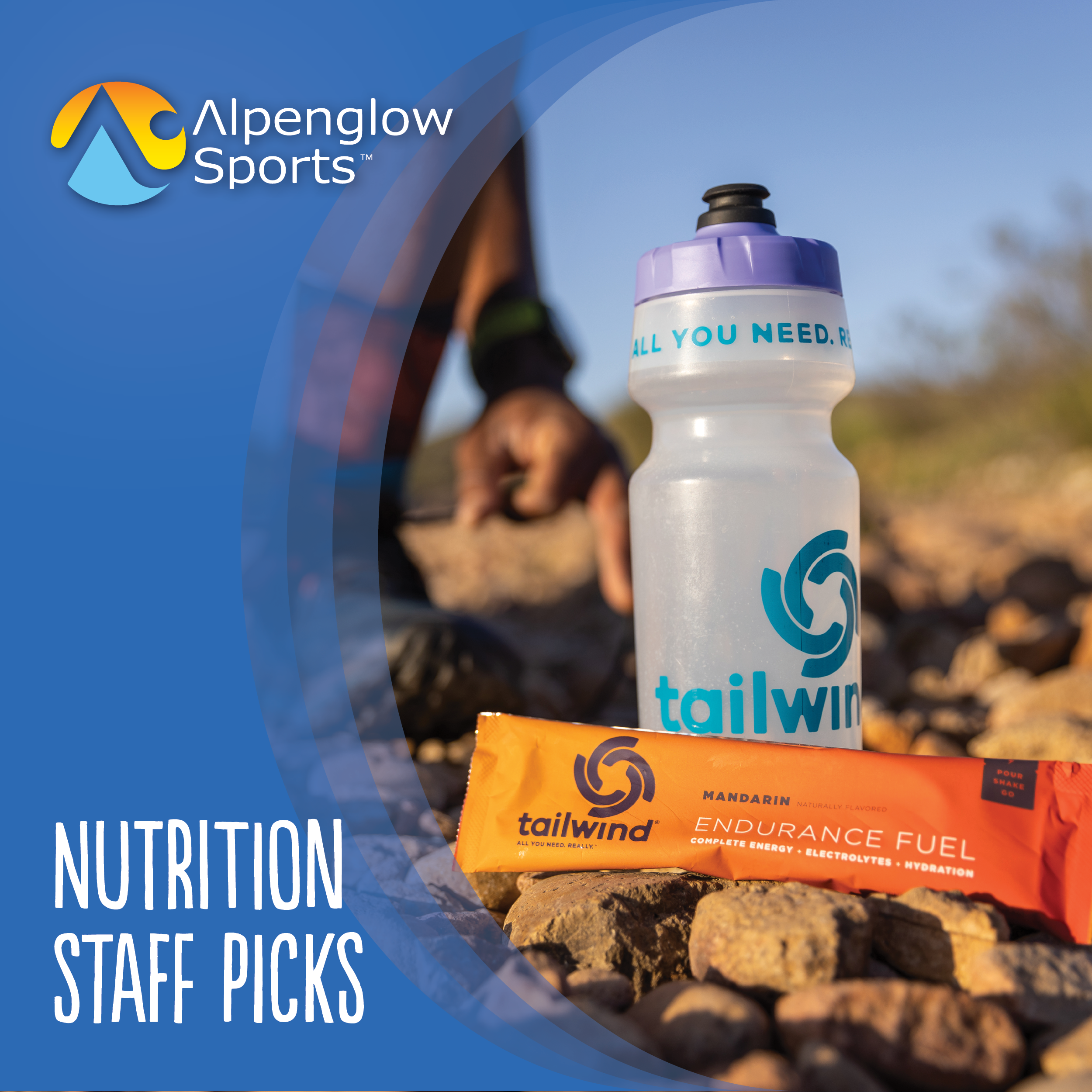
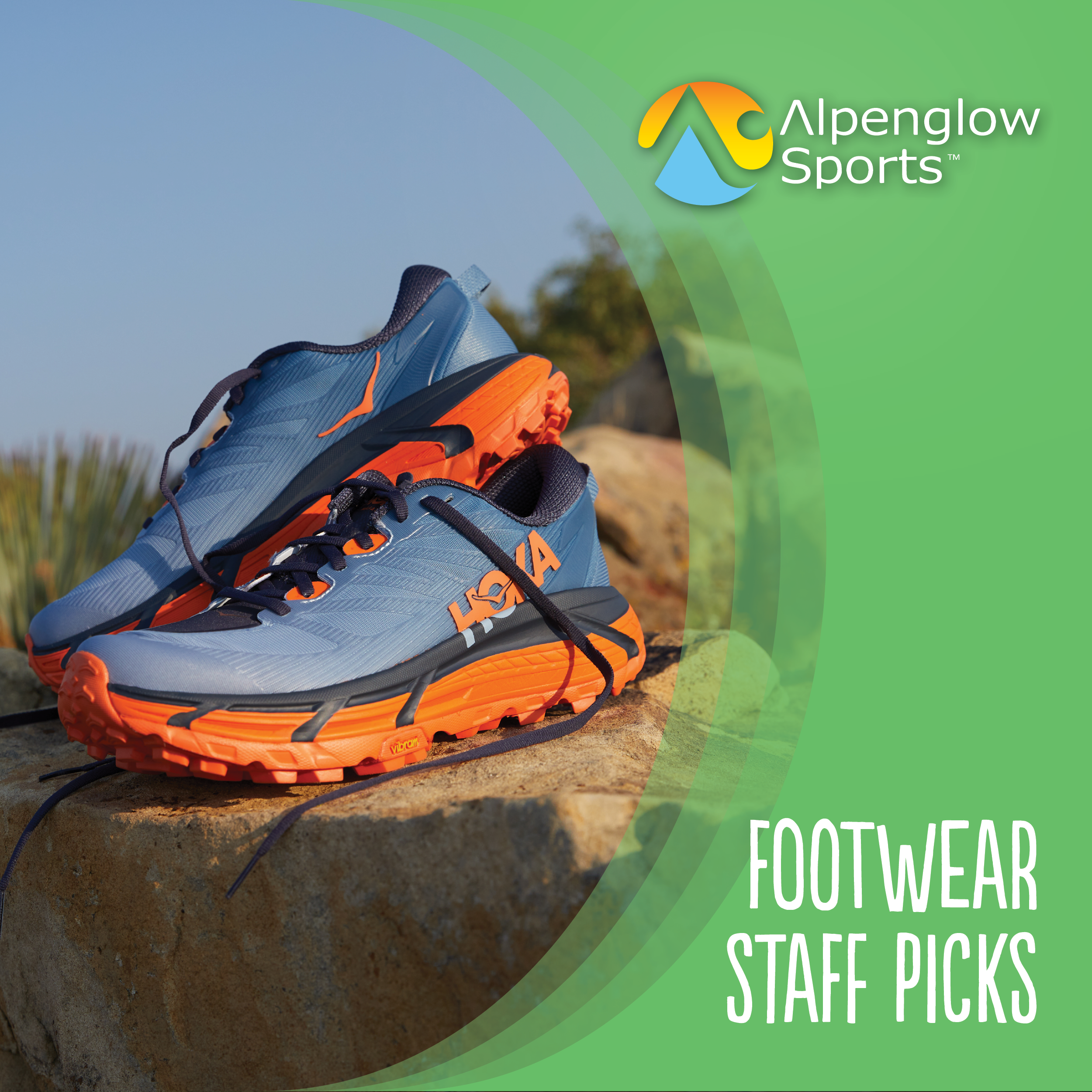



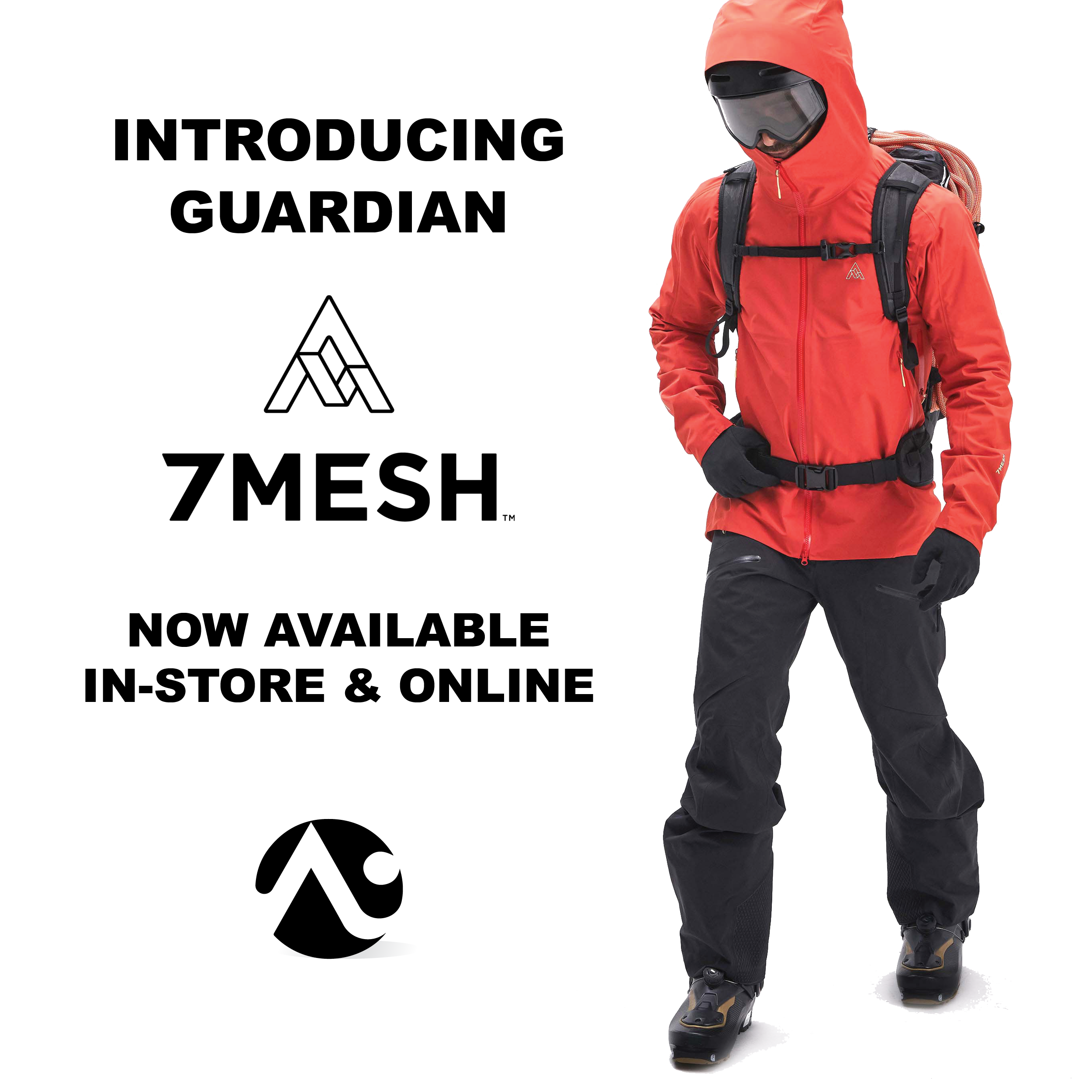





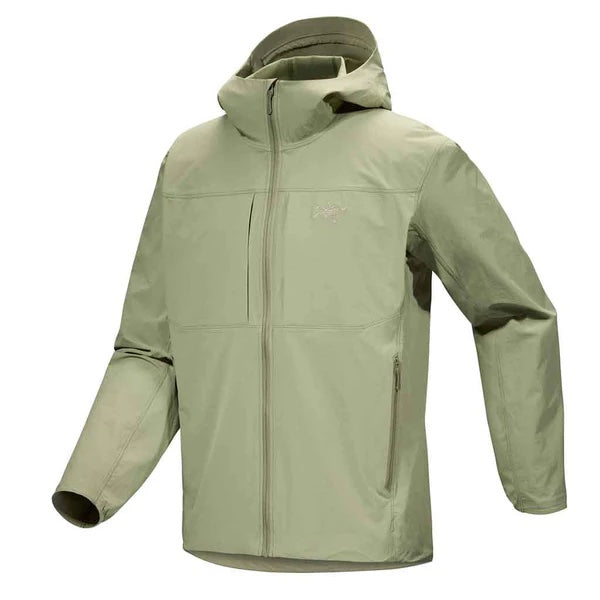
Leave a comment
This site is protected by hCaptcha and the hCaptcha Privacy Policy and Terms of Service apply.